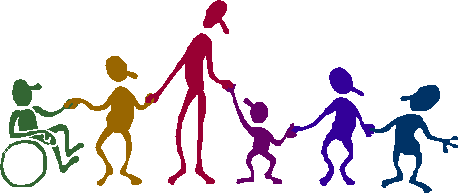Physical Disabilities
- Includes physiological, functional and/or mobility impairments
- Can be fluctuating or intermittent, chronic, progressive or stable, visible or invisible
- Some involve extreme pain, some less, some none at all
Characteristics of “Progressive” conditions and examples:
These disabilities get worse over time but can fluctuate.
- Multiple Sclerosis – neurological deterioration
- Muscular Dystrophy – muscular disorders
- Chronic Arthritis – inflammation of the joints
Characteristics of “Non-Progressive” conditions and examples:
These disabilities are non-progressive and remain stable.
- Cerebral Palsy – neurological condition
- Spina Bifida – congenital malformation of the spinal cord
- Spinal Cord Injury – neurological damage resulting from trauma
These disabilities are non-progressive but can fluctuate.
- Fibromyalgia – chronic pain condition
- Chronic Fatigue Syndrome – chronic fatigue condition
Visual Disabilities
“Legally Blind” describes an individual who has 10% or less of normal vision.
Only 10% of people with a visual disability are actually totally blind. The other 90% are described as having a “Visual Impairment.”
Common causes of vision loss include:
- Cataracts (cloudy vision – treatable)
- Diabetes (progressive blindness)
- Glaucoma (loss of peripheral vision)
- Macular Degeneration (blurred central vision)
- Retinal Detachment (loss of vision)
- Retinitis Pigmentosa (progressive blindness)
Hearing Disabilities
- “Deaf” describes an individual who has severe to profound hearing loss.
- “Deafened” describes an individual who has acquired a hearing loss in adulthood.
- “DeafBlind” describes an individual who has both a sight and hearing loss.
- “Hard of Hearing” describes an individual who uses their residual hearing and speech to communicate.
The Canadian Hearing Society Awareness Survey of 2001 states that almost 1 in 4 (23%) of Adult Canadians report having a hearing loss.
Mental Health Disabilities
Mental health disabilities can take many forms, just as physical disabilities do.
Unlike many physical illnesses though, all mental illnesses can be treated.
They are generally classified into six categories:
- Schizophrenia – The most serious mental illness, schizophrenia affects about 1% of Canadians.
- Mood Disorders (Depression and Manic Depression) – These illnesses affect about 10% of the population. Depression is the most common mood disorder.
- Anxiety Disorders – These affect about 12% of Canadians. They include phobias and panic disorder as well as obsessive-compulsive disorder.
- Eating Disorders – They include anorexia nervosa and bulimia and are most common in men and women under the age of 30.
- Personality Disorders – There are many different personality disorders. People with these disorders usually have a hard time getting along with other people. They are the most difficult disorders to treat.
- Organic Brain Disorders – These disorders affect about 1% of people. They are the result of physical disease or injury to the brain (i.e., Alzheimer’s, Stroke, Dementia).
Intellectual Disabilities
- Characterized by intellectual development and capacity that is significantly below average.
- Involves a permanent limitation in a person’s ability to learn.
Causes of Intellectual (or Developmental) Disabilities include:
- Any condition that impairs development of the brain before birth, during birth, or in childhood years
- Genetic conditions
- Illness affecting the mother during pregnancy
- Use of alcohol or drugs by pregnant mothers
- Childhood diseases
- Poverty — Children in poor families may become intellectually disabled because of malnutrition, disease-producing conditions, inadequate medical care, and environmental health hazards.
Learning Disabilities
- A learning disability is essentially a specific and persistent disorder of a person’s central nervous system affecting the learning process.
- This impacts a person’s ability to either interpret what they see and hear, or to link information from different parts of the brain.
- One of the most common indicators of a learning disability is a discrepancy between the individual’s potential (aptitudes and intellectual capacity) and his or her actual level of achievement.
- Having a learning disability does not mean a person is incapable of learning; rather that they learn in a different way.
- Many people with a learning disability develop strategies to compensate for or to circumvent their difficulties.

